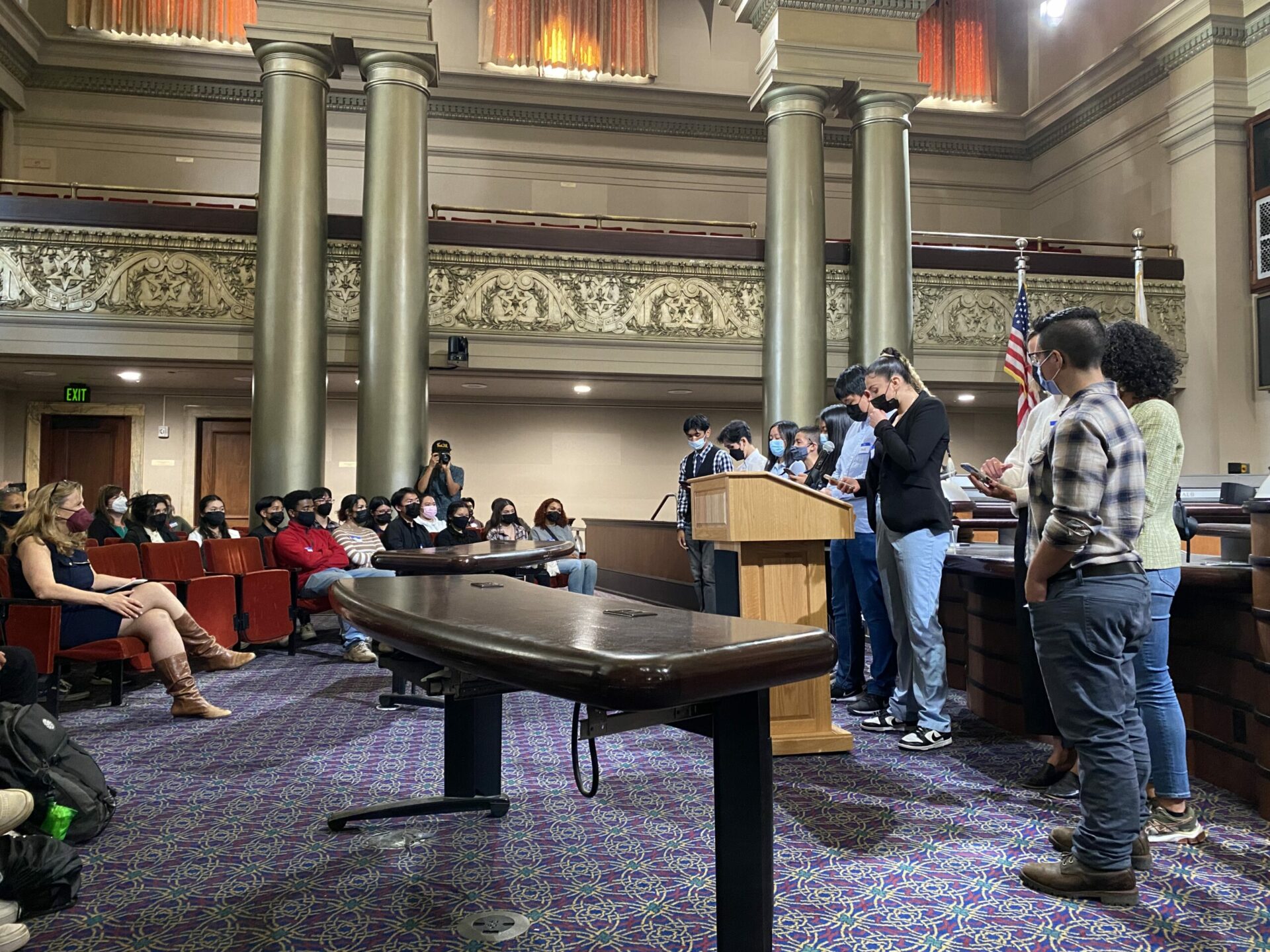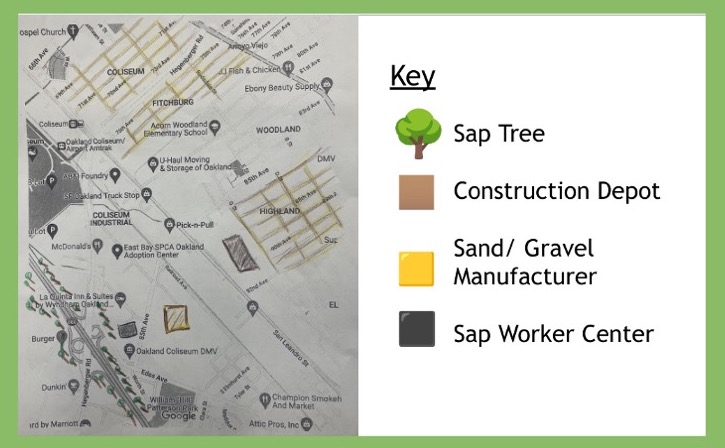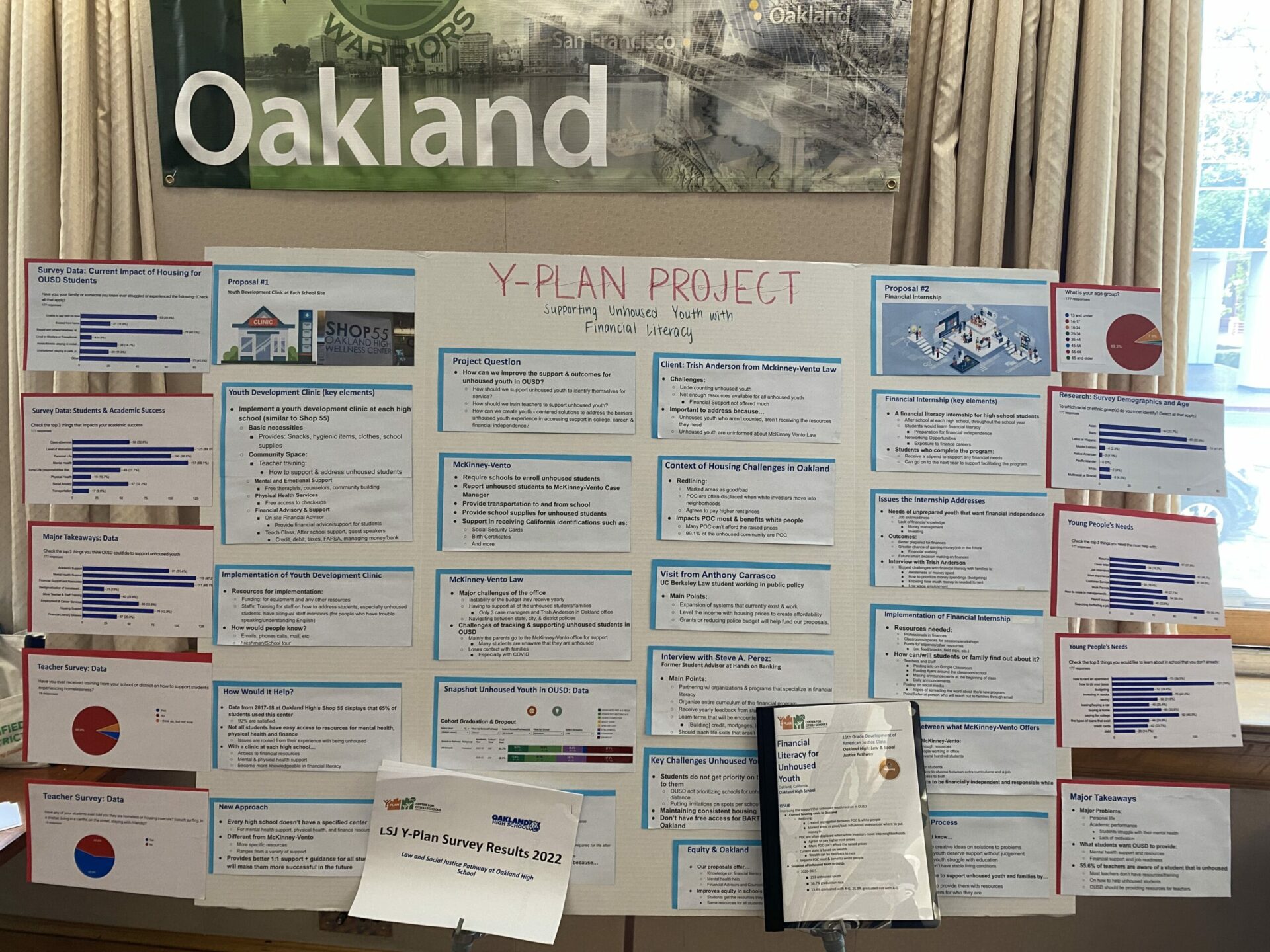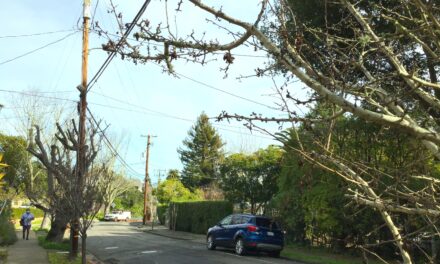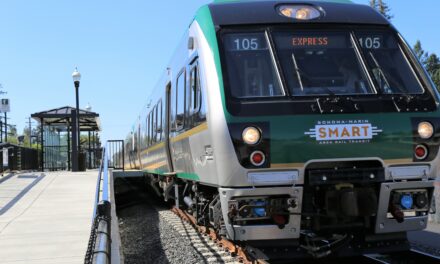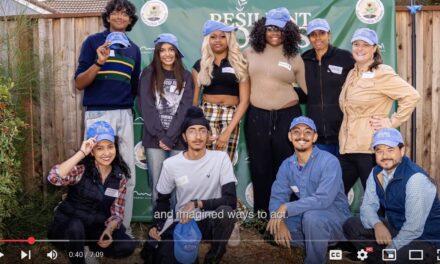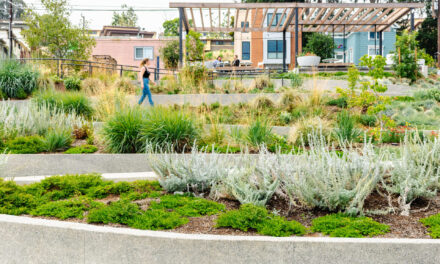High Schoolers Propose Green Solution to Oakland’s Road Blight
“You’re solving problems that people with college degrees are struggling to solve, because you know these streets, these people, this culture – and that’s what it takes to fix a community.”
Take a drive from the Oakland Airport to the now sans-Raiders Coliseum, and it’s impossible not to feel the consequences of urban decay. It’s a bumpy ride, literally: Hegenberger Road is rife with potholes, not to mention issues with litter, heat, and air quality. After decades of racial segregation and historical divestment – its population is disproportionately Black and Latinx, with a 26% poverty rate and $41,000 median income – the Hegenberger corridor is a felt reminder that Oakland’s economic disparity comes with steep environmental costs.
Luckily, a trio of high school sophomores from the Oakland Unified School District have some novel ideas to help revitalize the area. As a part of Y-PLAN, a progressive urban planning program, Skyline High School’s own Jack, Elias, and Sean are proposing an unlikely solution to Hegenberger’s road work issues: tree sap.
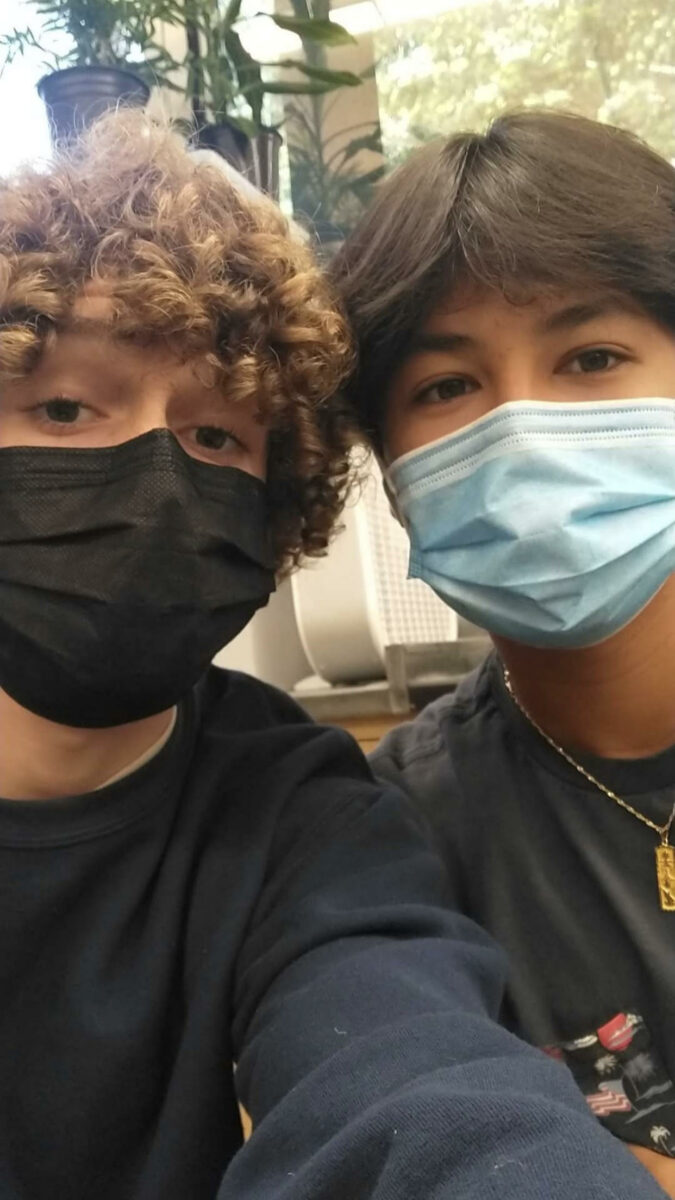 Sap gravel, a mixture of sand, gravel, and hard tree resin, is an eco-friendly alternative to tar, the most common substance cities use to fix potholes. “Tar is really bad for the environment,” Elias explains. “Like all synthesized petrol products, it creates a lot of carbon emissions. And after tar gets eroded by wear and tear, petrol flakes tend to stay in the air, which increases asthma and lung cancer rates.”
Sap gravel, a mixture of sand, gravel, and hard tree resin, is an eco-friendly alternative to tar, the most common substance cities use to fix potholes. “Tar is really bad for the environment,” Elias explains. “Like all synthesized petrol products, it creates a lot of carbon emissions. And after tar gets eroded by wear and tear, petrol flakes tend to stay in the air, which increases asthma and lung cancer rates.”
Inspired by the logging and construction industries, which use tree sap as a glue or binder, the teens are the first to propose that sap can be mixed with harder substances, heat-dried under pressure, and then used to repair roads. They discovered that this sap gravel composite not only produces a minimal carbon footprint, but also costs less to produce, improves air quality, and runs cooler during the summer.
Jack, Elias, and Sean aim to use this novel substance to target historical inequities in the town they grew up in. “You could implement sap gravel in any neighborhood, but we wanted to focus on the lower Hegenberger area,” Jack emphasizes, referring to a stretch of the road west of International Boulevard. “Road work is quite expensive. If you look around Oakland, very few roads have been repaved or repaired – and when they have, it’s almost exclusively in richer areas. It’s not sustainable for the city to use tar to repair roads.”
Skyline students Jack and Elias. Photo courtesy students.
Their proposal, titled “Equitable Road Integrated Solutions,” is comprehensive and local, calling for new trees, sap processing sites, and job opportunities, all in the Hegenberger corridor. With some help from graduate students from UC Berkeley’s “Engineering for Change” program, they’ve also figured out how to lower costs by incorporating existing systems: their plan leverages Oakland Public Works, local sustainability networks, and city zoning laws.
“Our proposal creates a self-sustaining cycle,” Sean says. “The lower Hegenberger community would earn money by improving their own roads, increasing their property values and slowly lifting the neighborhood out of poverty. The City of Oakland can re-allocate the money it saves to other areas that need it.”
Y-PLAN, now in its 20th year, is well integrated into the OUSD curriculum. As part of their regular graduation requirements, students get to take their education outside of the classroom. They go on field trips, do their own research, and develop actionable urban-planning solutions alongside working engineers and sustainability advocates. Oakland city planners take their projects seriously, and a number of Y-PLAN initiatives have catalyzed changes to public policy.
At the 2022 Y-PLAN Summit, the first since the beginning of the pandemic, this year’s Y-PLAN cohort presented their finished proposals – tackling climate change, homelessness, and earthquake resilience – to policymakers and community leaders at Oakland City Hall.
At the 2022 Y-PLAN Summit, students shared their completed projects and displays with peers and community leaders.
Daniel Hamilton, Oakland’s sustainability director, told the students, “You’re doing my job for me. You’re solving problems that people with college degrees are struggling to solve, because you know these streets, these people, this culture – and that’s what it takes to fix a community.” Mayor Libby Schaaf and superintendent Matin Abdel-Qawi also made appearances, impressing that the answers to these difficult systemic problems now lay in Gen Z’s capable hands.
“It was a great opportunity,” Jack reflects. “At first, to be completely honest, we were kind of just doing our project for a grade, but then we got to meet all these people that told us to really invest in this proposal, that it was the real thing. It really opened our eyes to possible solutions to the problems we face everyday.”
Elias, who plans to study astrophysics and solar energy in college, agrees: he’s thinking about turning their Y-PLAN proposal into his capstone project over his next two years at Skyline High. Who knows – maybe East Oaklanders will catch a whiff of pine-scented pavement sooner rather than later.






